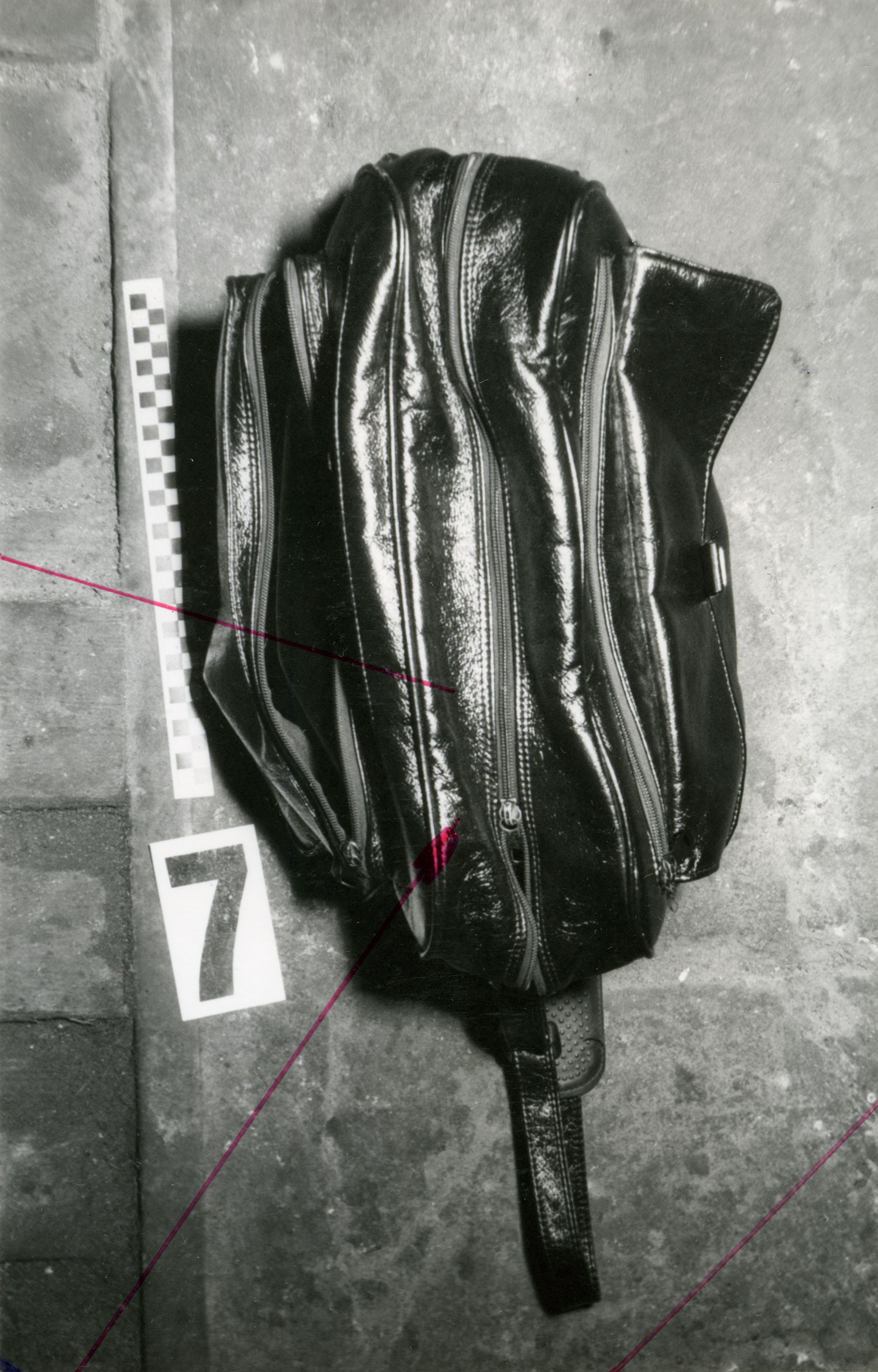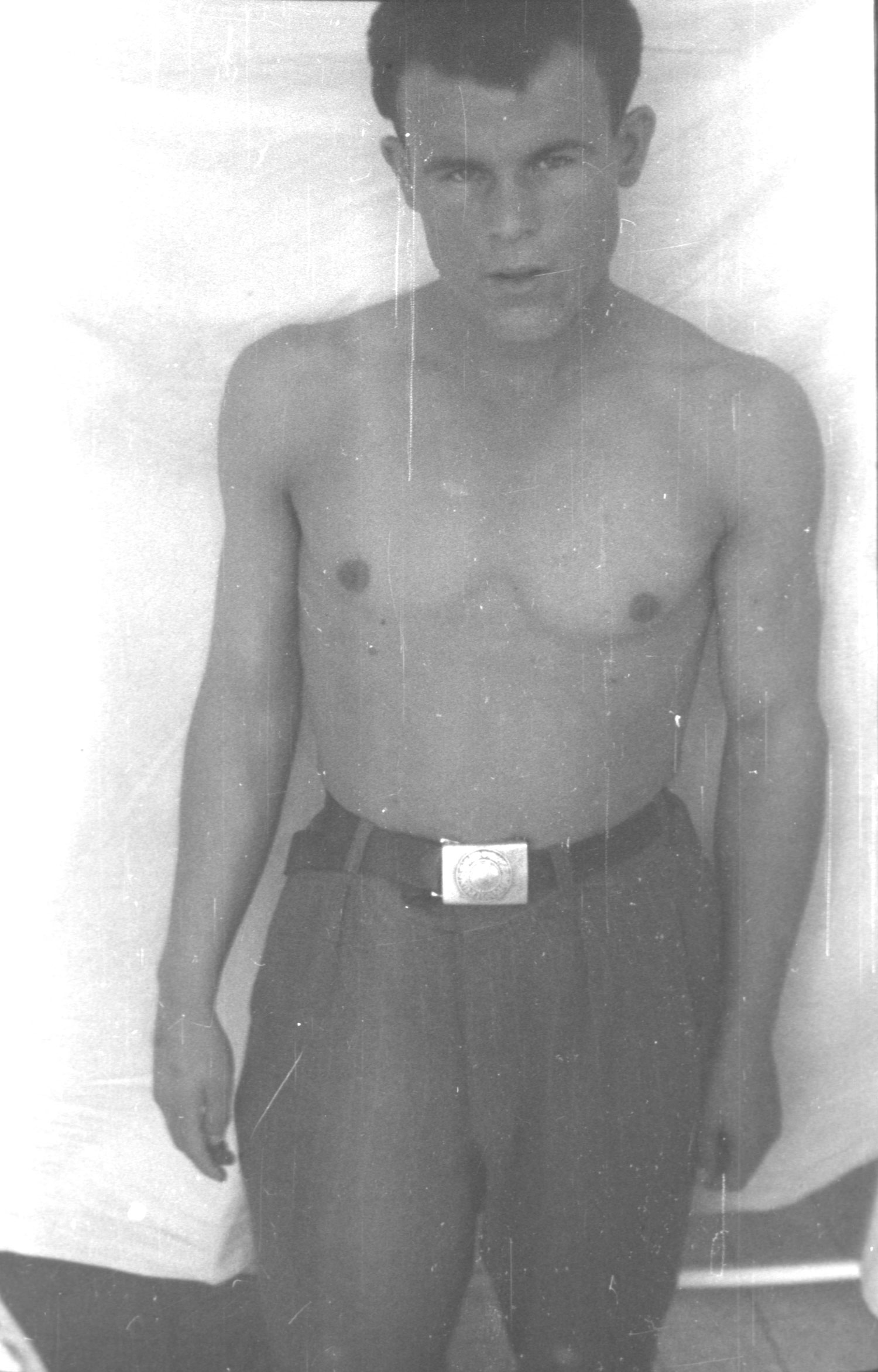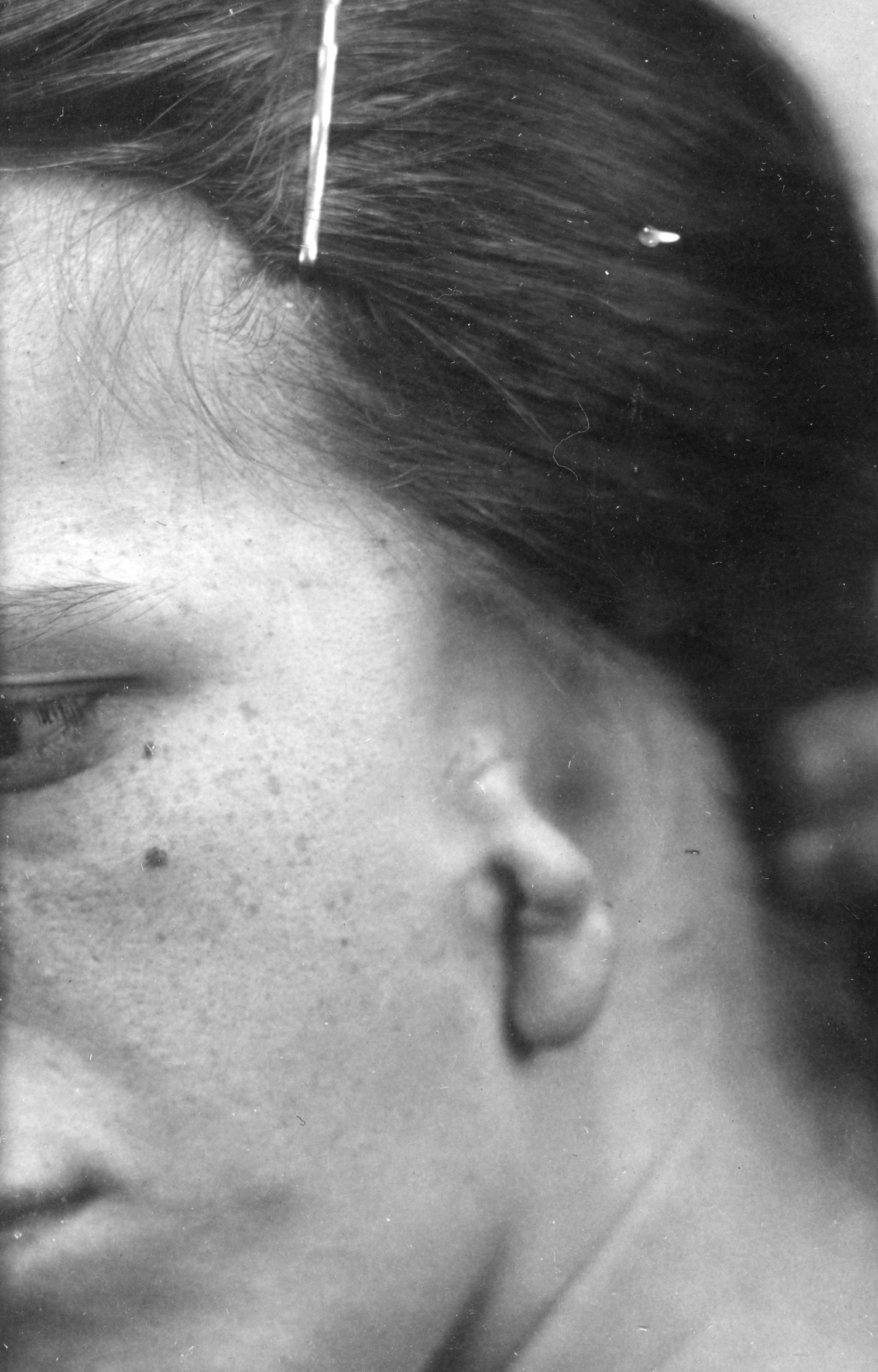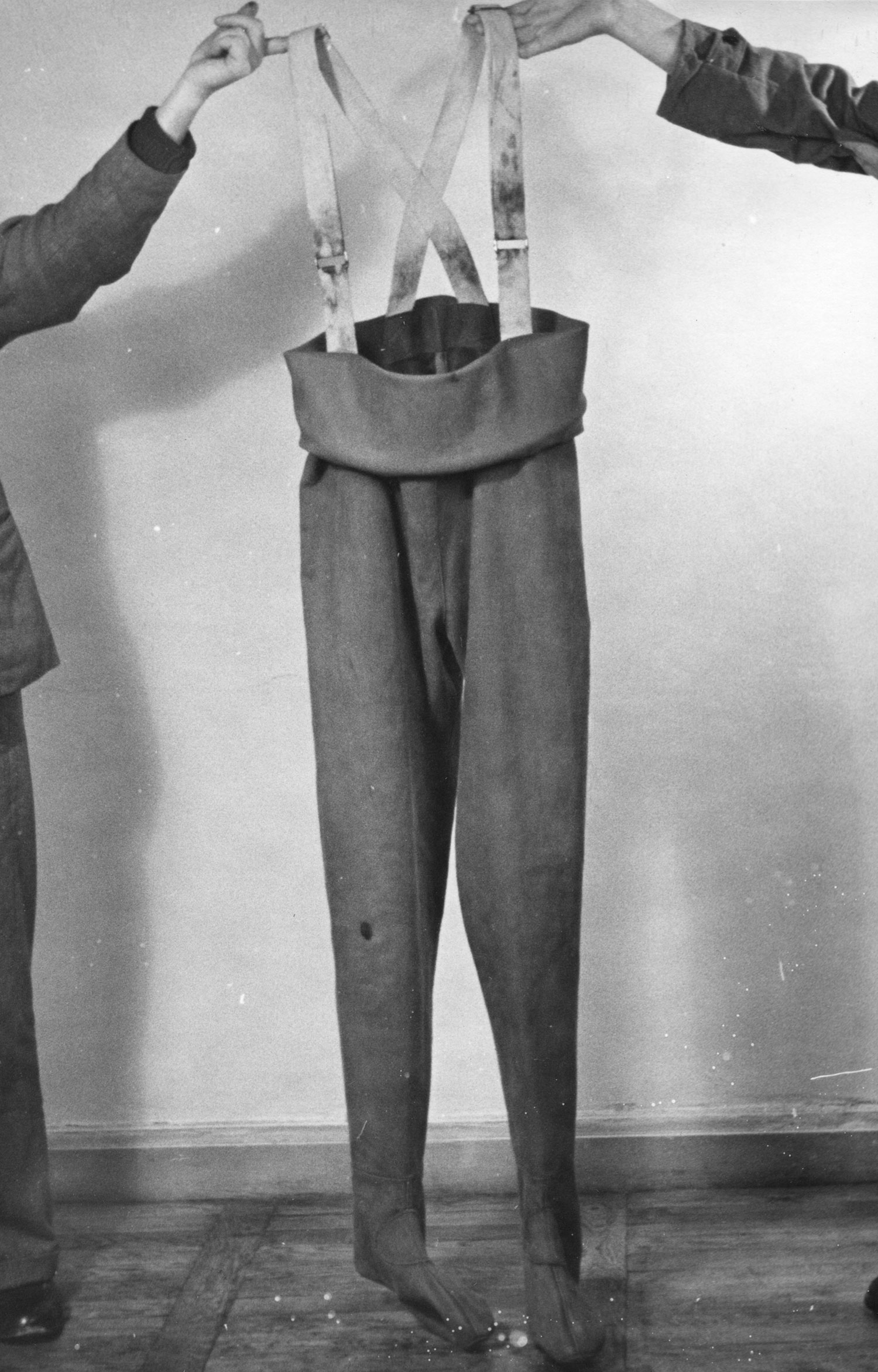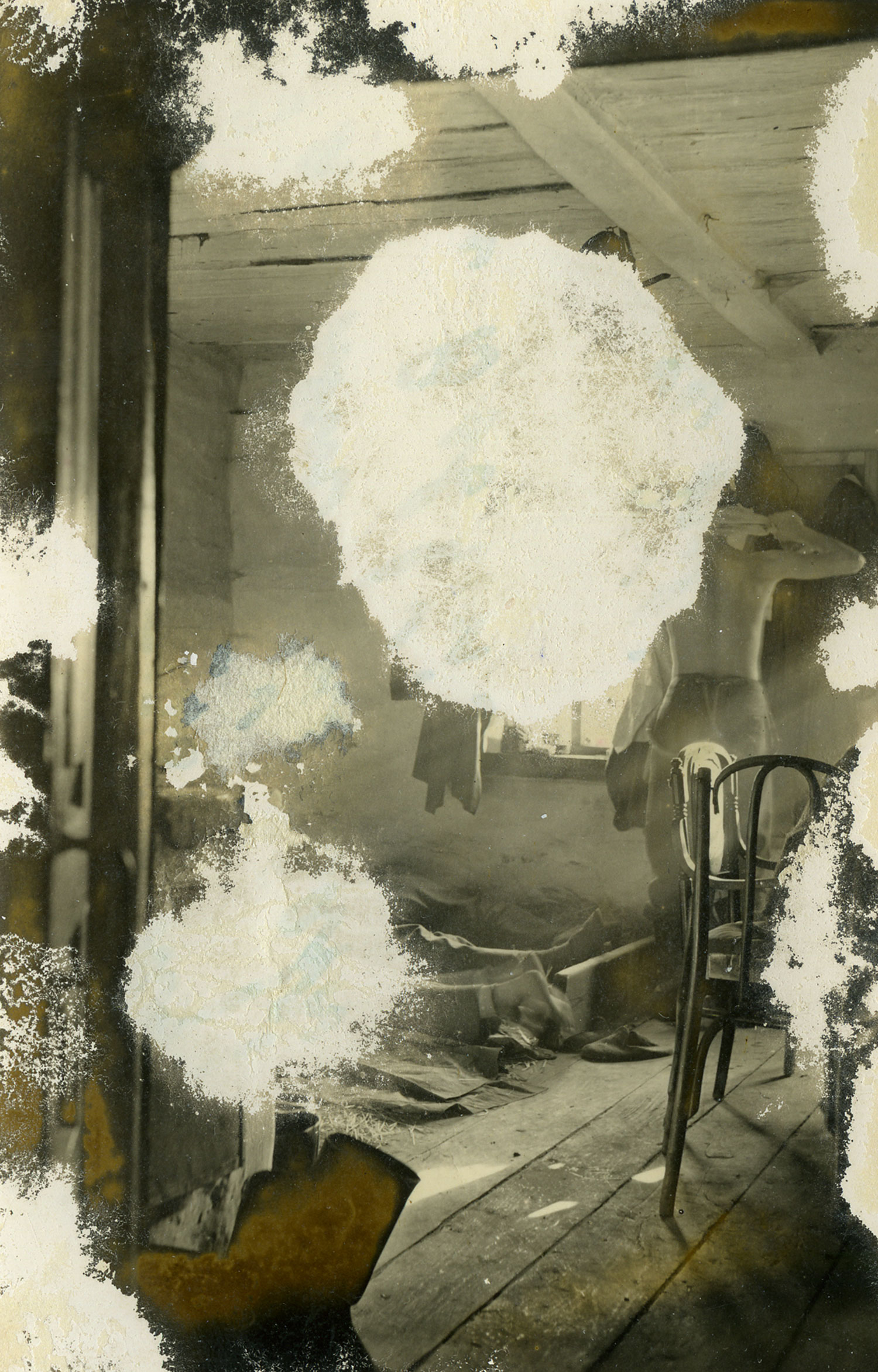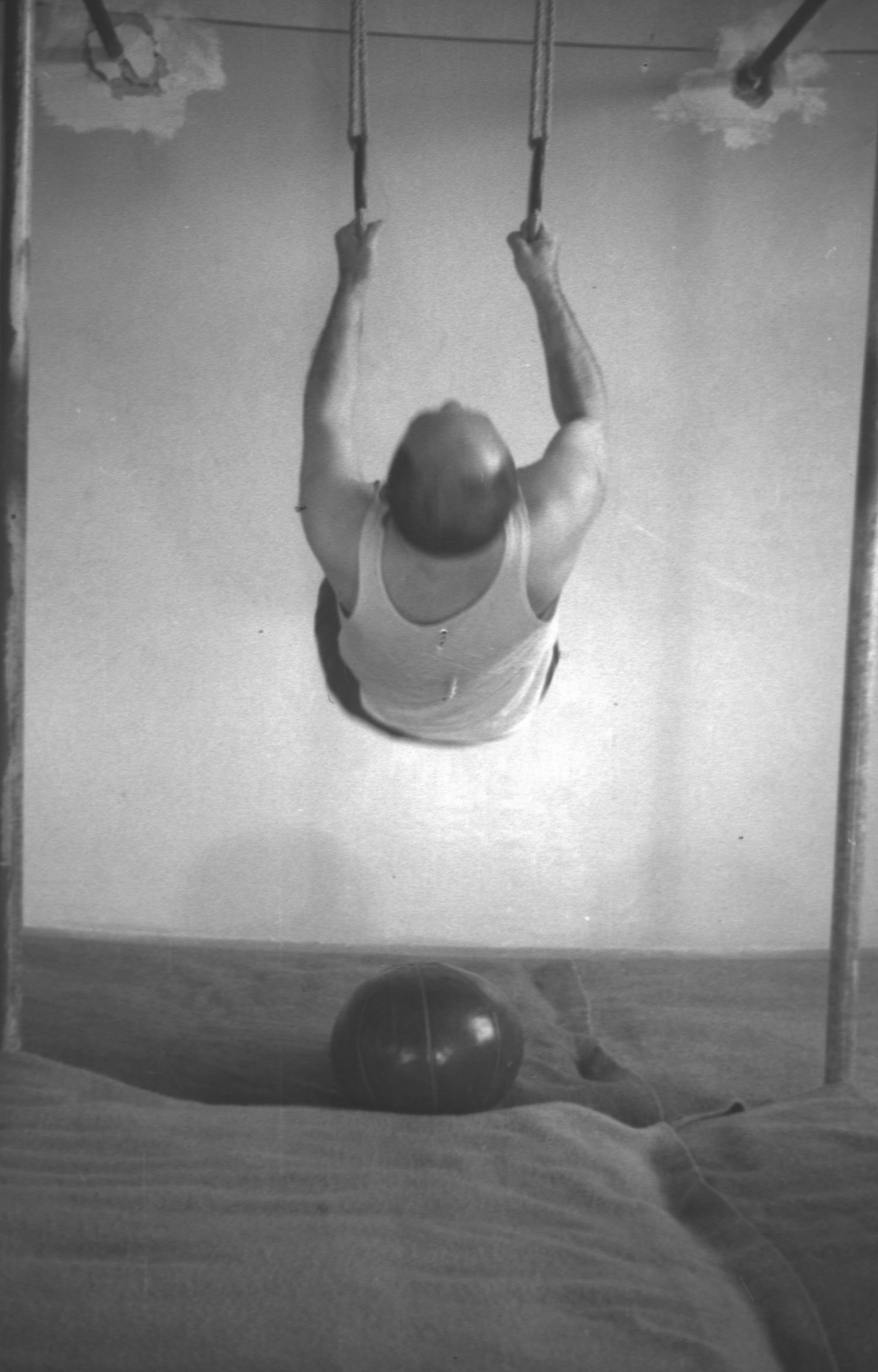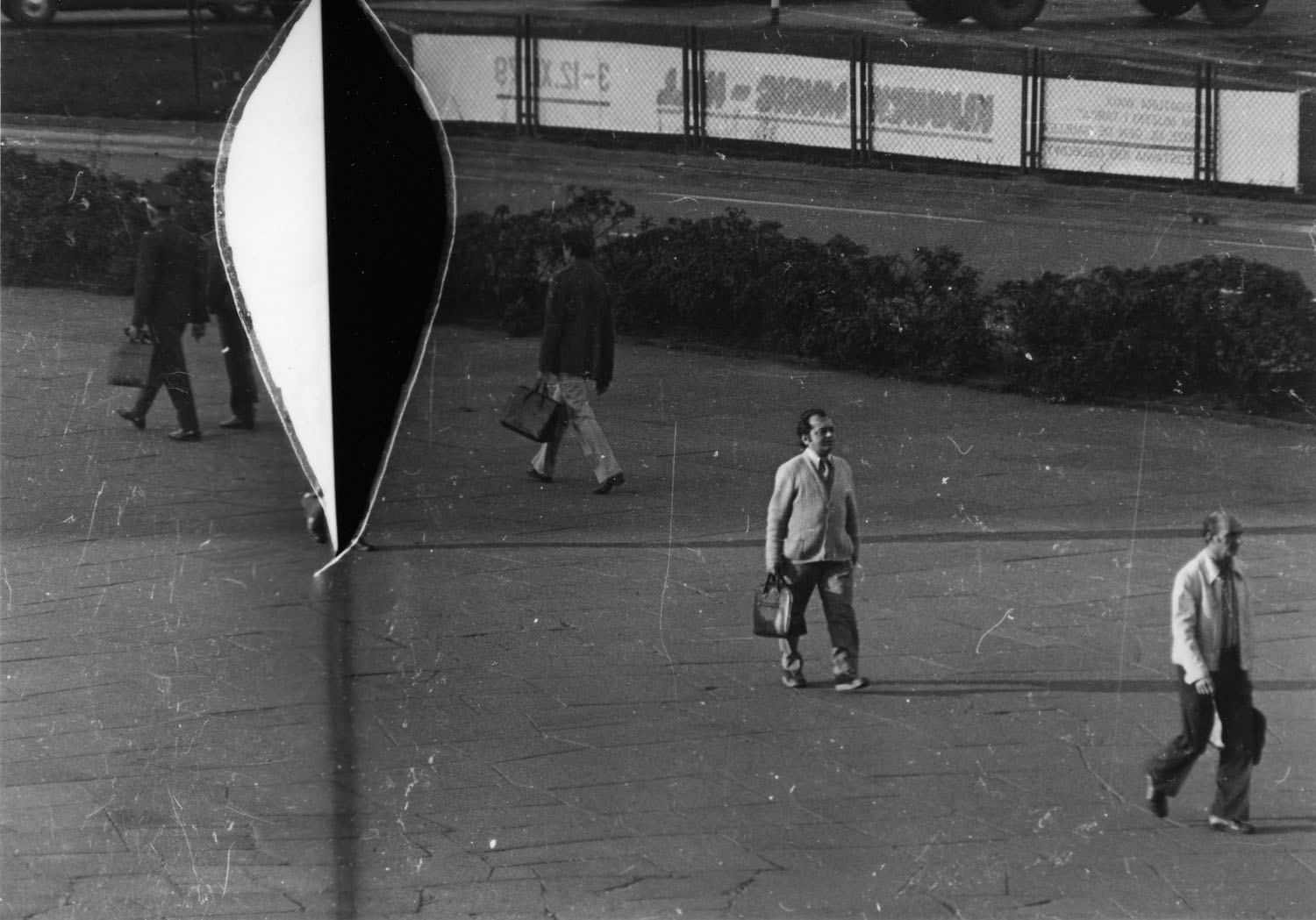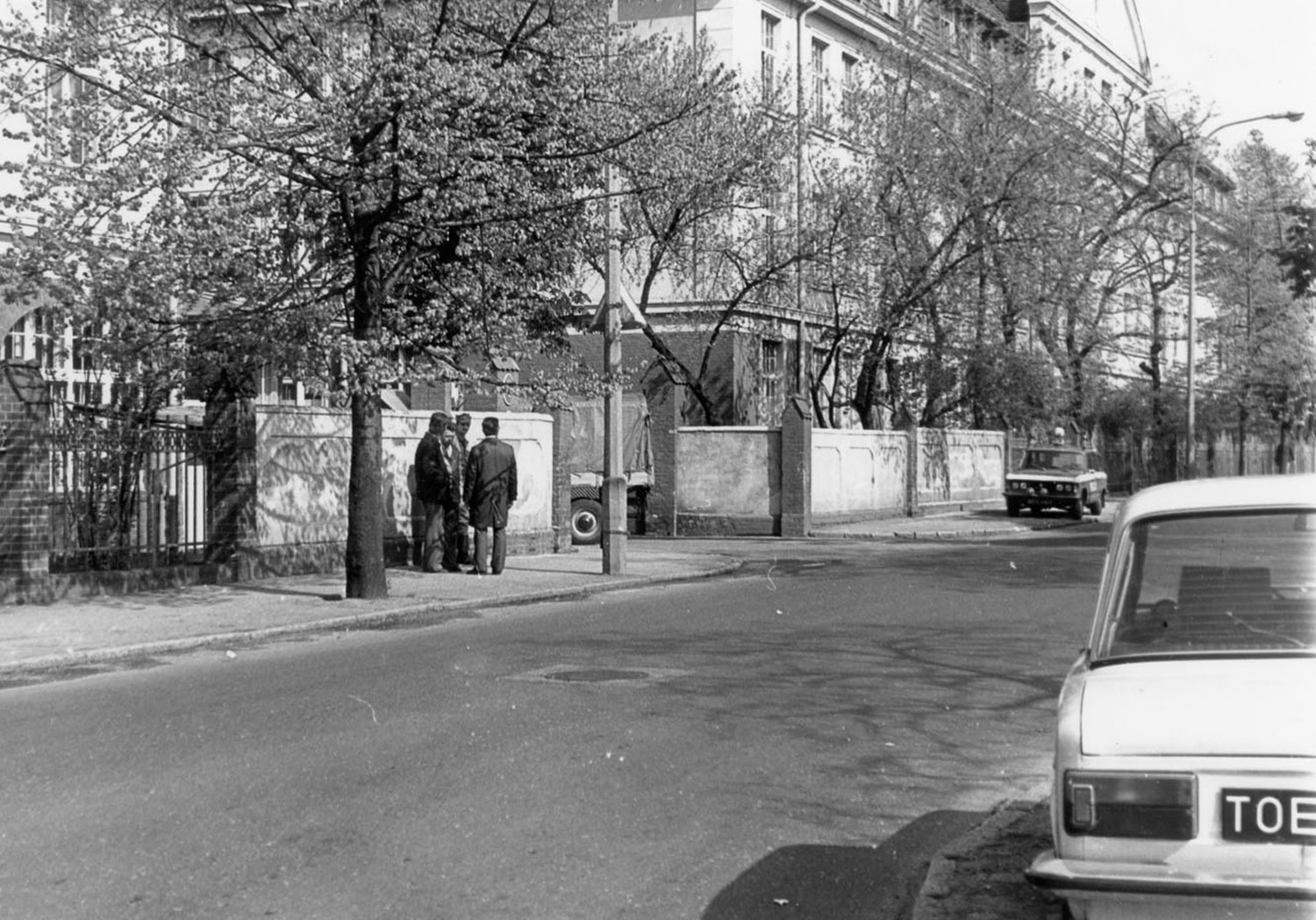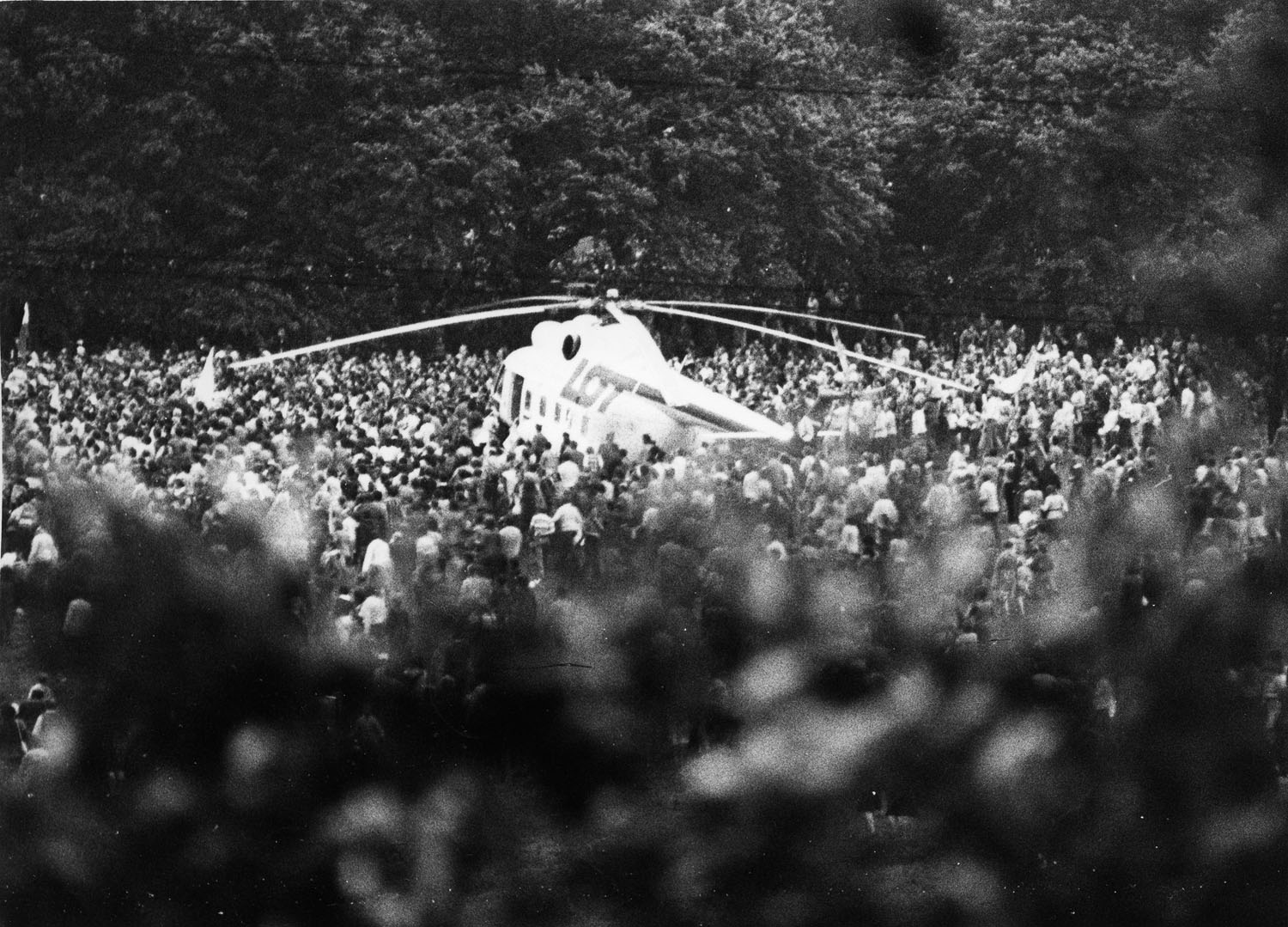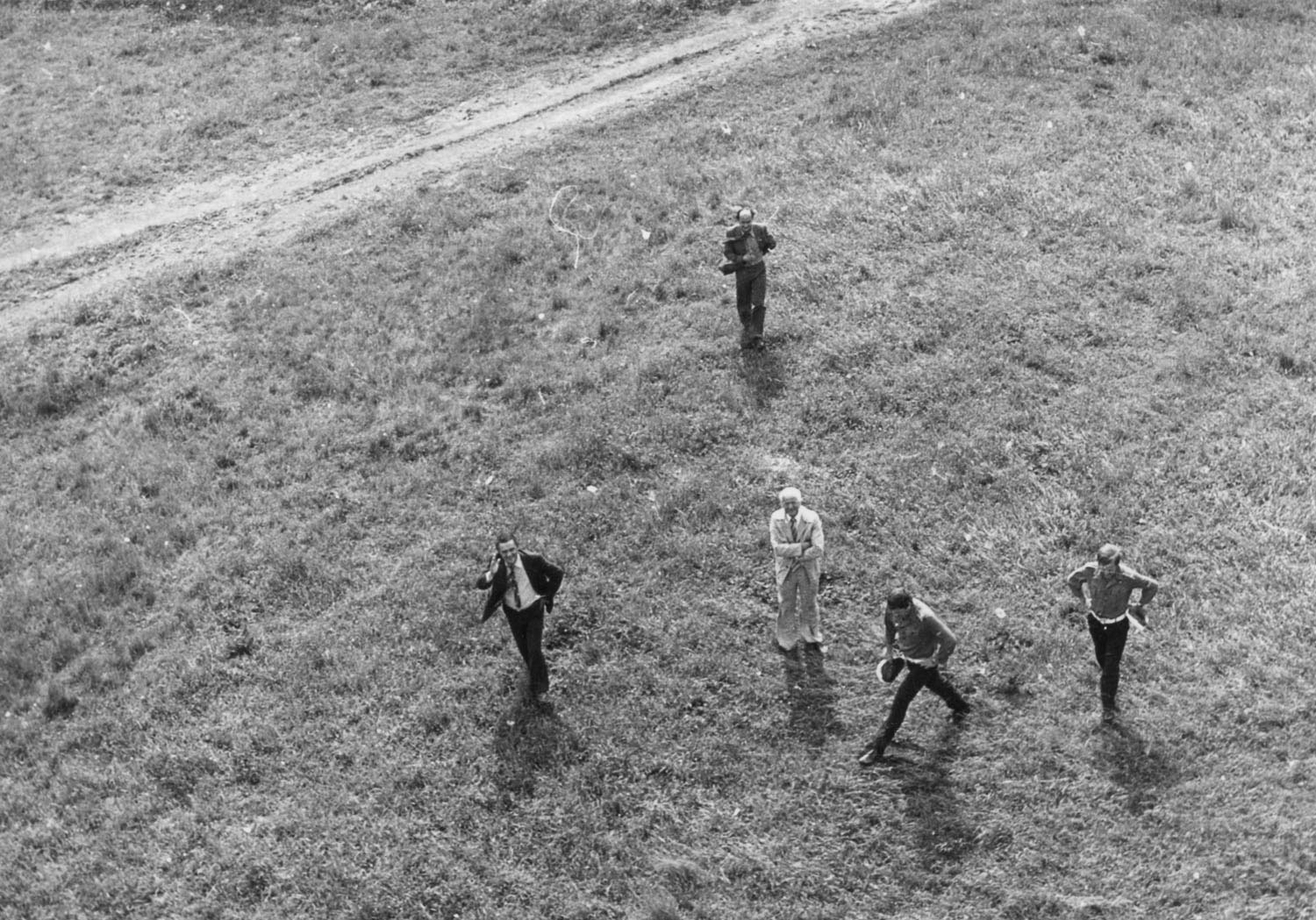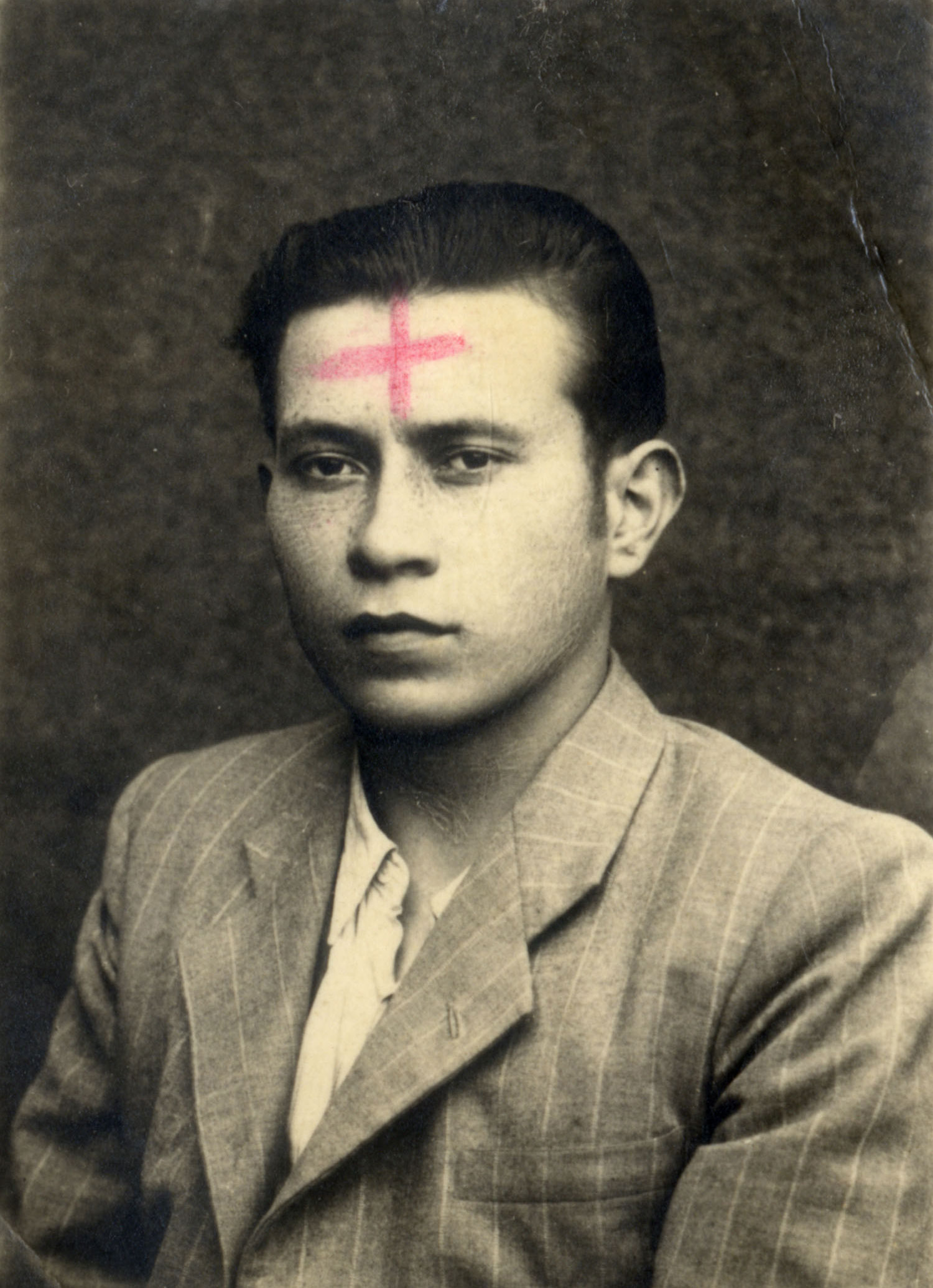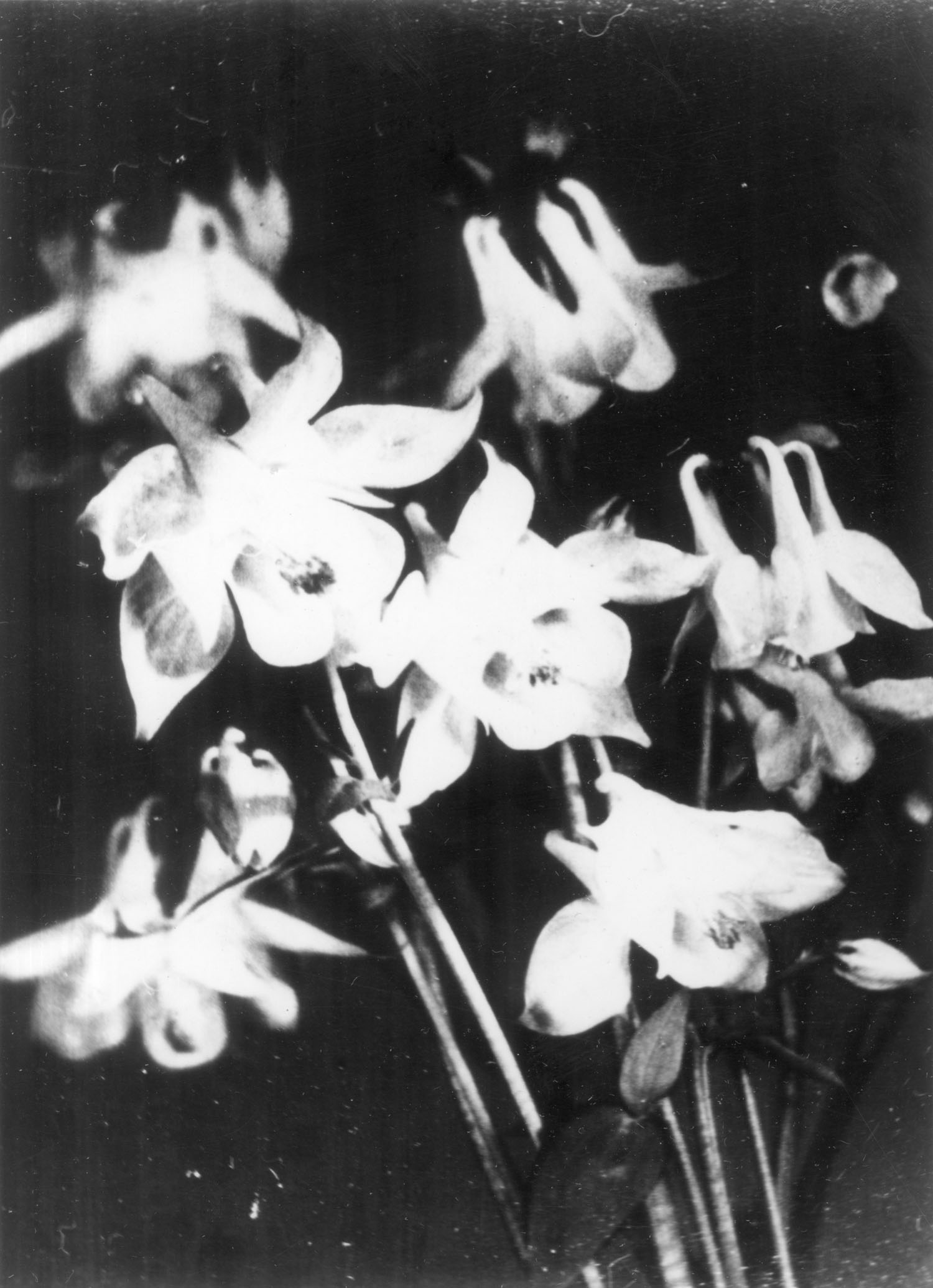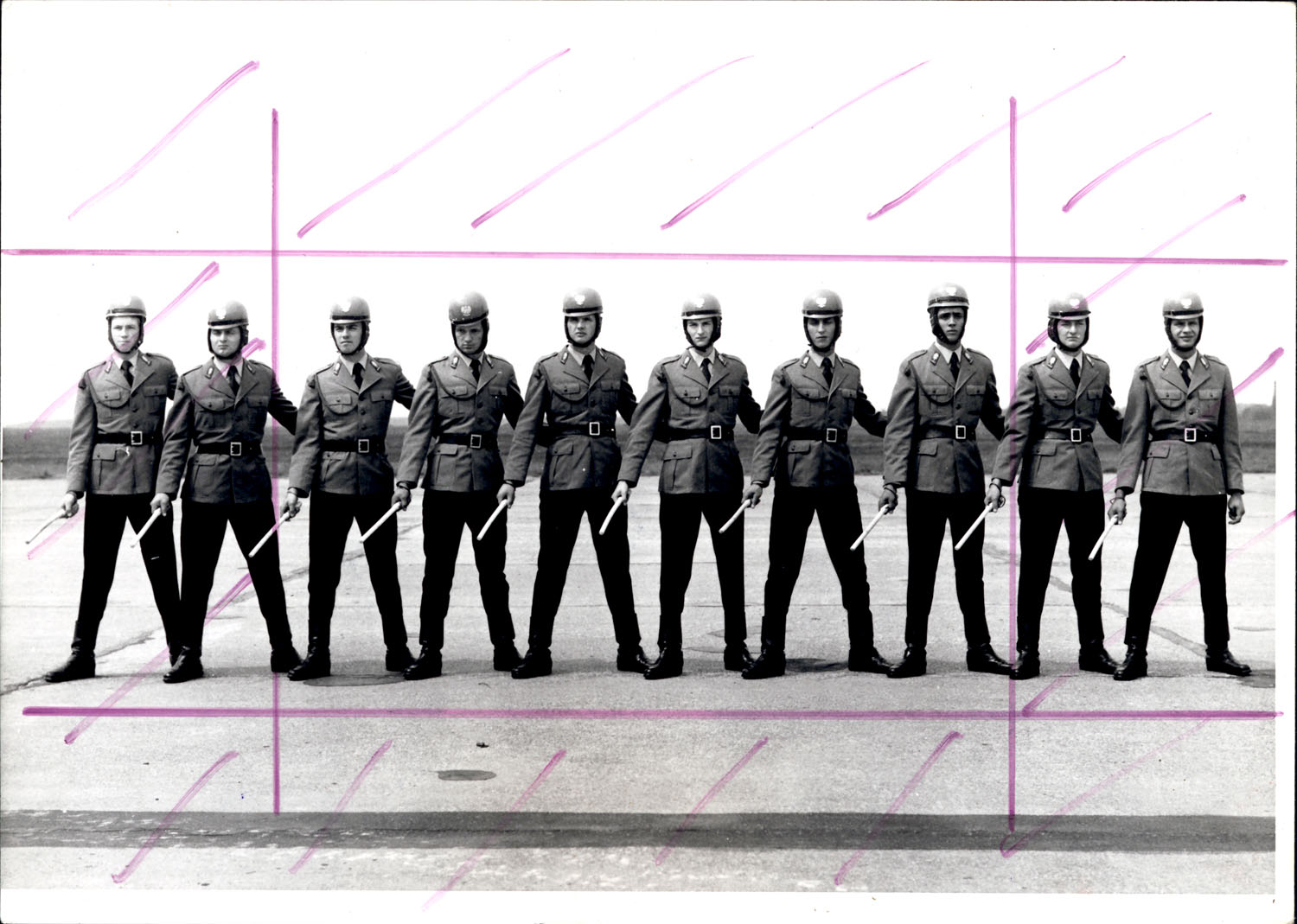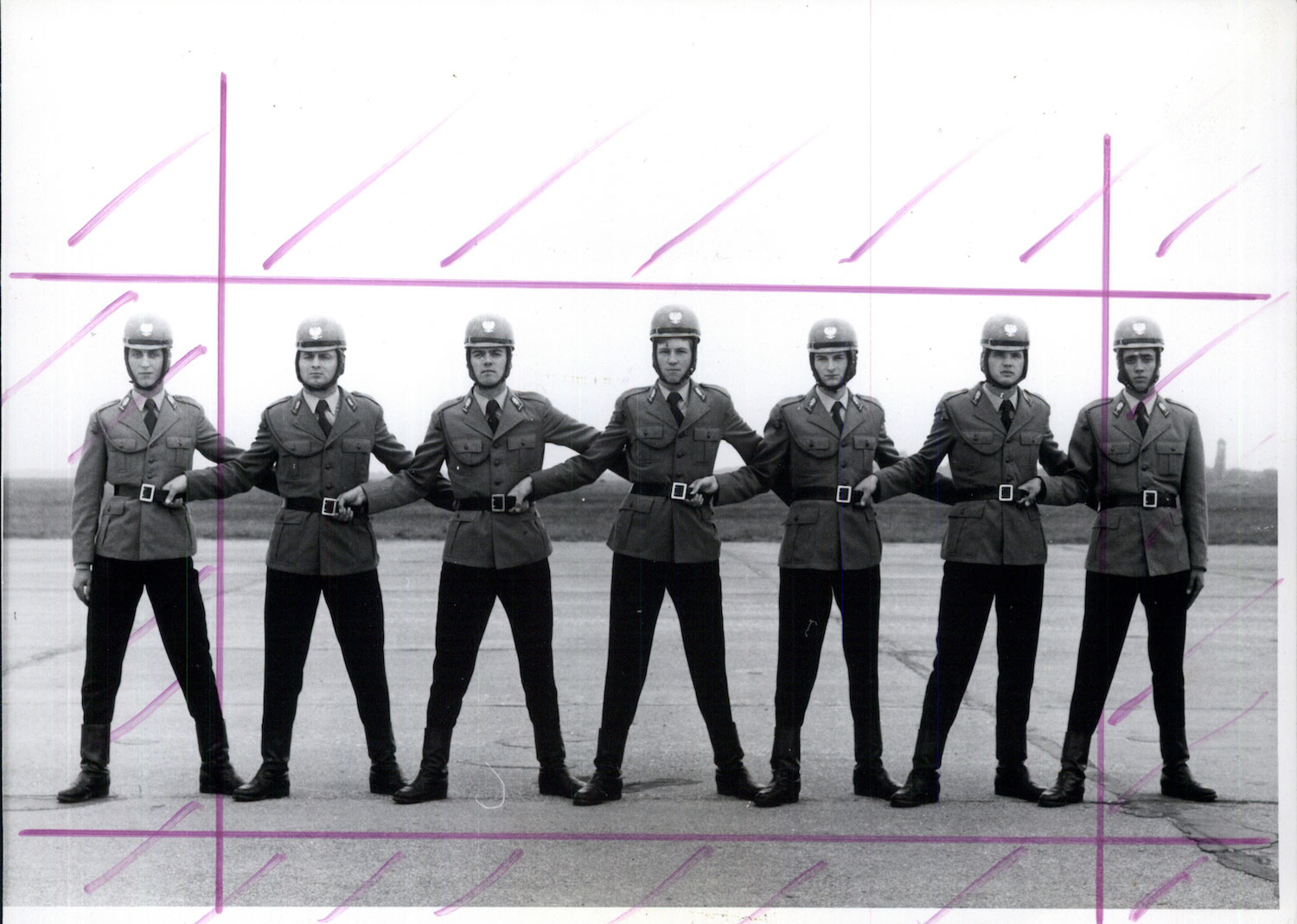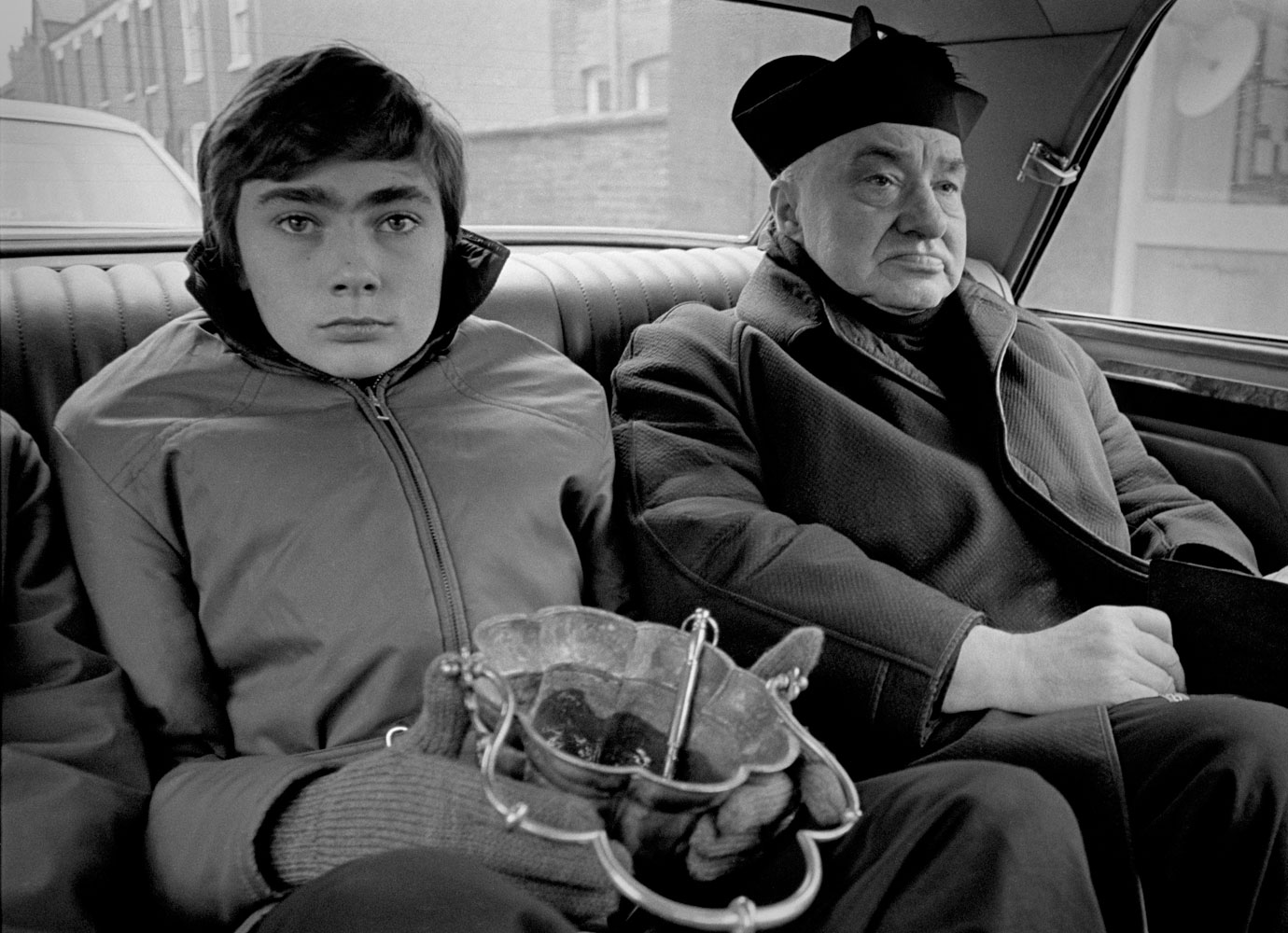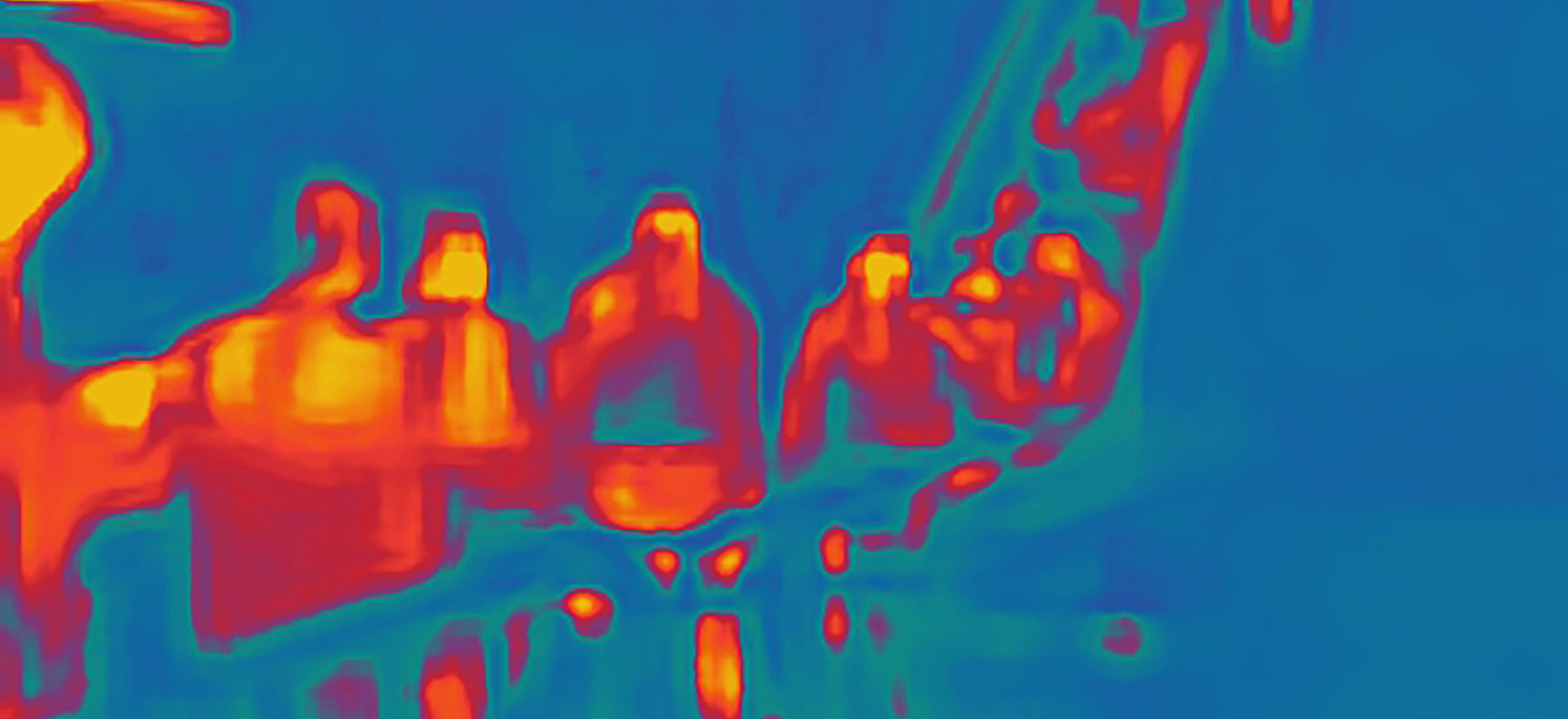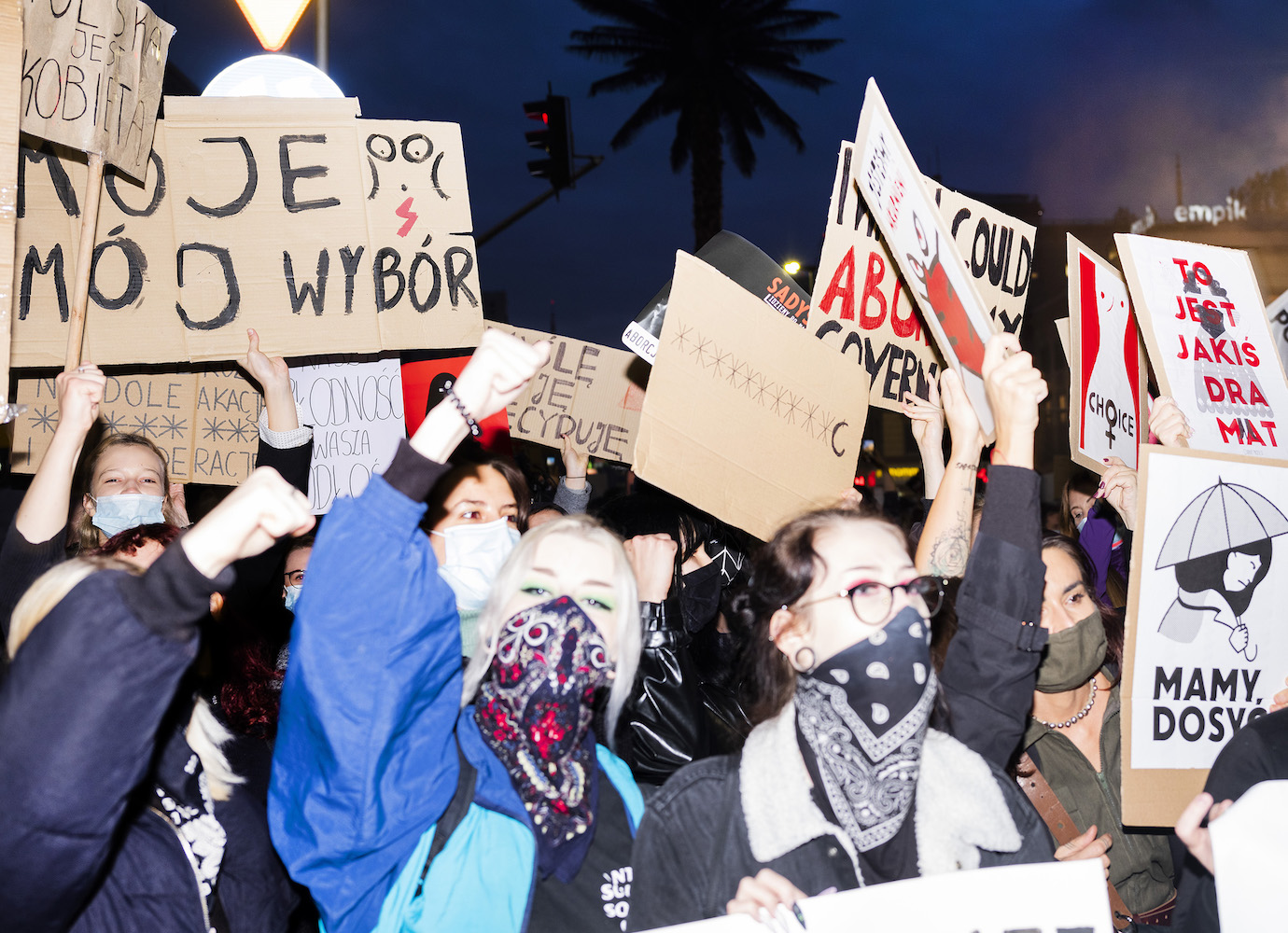A new photobook of Polish surveillance images reveals the sinister mechanisms of totalitarianism
“An archive is tainted by power,” says curator Beata Bartecka. “Always. Regardless of what country it’s in or who it’s managed by.”
We’re discussing the book How to Look Natural in Photos, which she and photographer and gallerist Łukasz Rusznica made together using images from a very particular archive: the one held by The Institute of National Remembrance: Commission for the Prosecution of Crimes Against the Polish Nation (IPN). Set up in 1990, the IPN researches and educates on crimes from the last 100 years; its archive is an amalgamation of various collections built up over that time, including papers amassed by the communist secret police but also Nazi officers. The archive includes millions of items, many thousands of which include images.
Bartecka and Rusznica first worked with these images back in 2014, when Rusznica curated a show called How to Photograph? in his gallery Miejsce przy Miejscu in Wroclaw and invited Bartecka to cooperate. Fascinated by the photographs, they returned to them in 2019, with the aim of creating a more ambitious and permanent work. They picked out what they found interesting, without analysing why these shots appealed to them, and ended up with about 3000 photographs; then they worked and reworked this collection, whittling it down to the 150 or so in the book and carefully sequencing the images. The result is by turns horrifying, fascinating, bewildering, and even darkly absurd.
There’s a beautiful photograph of walnut shells, and a bucolic landscape shot; there are images of bags, items of clothing, and a team of policemen making comical synchronised moves. There’s a shot of a man and two women at a train station, each looking film-noir handsome and cool; but then there are images that are more clearly disturbing, including photographs of injuries and corpses, mugshots, and photographs obviously taken in secret.
Series of images that clearly belong together are broken up; shots taken in different periods are freely mixed. Weird visual juxtapositions are made, for example between an open trap door and a fish’s open mouth. In one sequence, photographs of the same street start to proliferate – the first spread showing four images, the next 16, the next 64, and so on until the sheer number of images overwhelms. “We put the photos together based on how they talk to each other as images,” says Bartecka. “Not as stories and facts.”
Polaroids were taken by secret agents clandestinely searching apartments, to help them put things back as they’d found them
In fact there are no captions or dates in this flow of images; it’s only at the end of the book that there’s an index, which relays the descriptions of the photographs used in the IPN archive. What this index reveals is chilling. The walnut shells and bags were used to conceal cameras; the landscape shot shows a spy-ring’s hiding spot. The glamorous threesome on the railway platform were “persons of interest” photographed under surveillance; the ludicrous policemen were practising moves to control crowds and protests. The reader may wonder what on earth they’ve been looking at – and what they’ve been doing by looking at it.
“The book is a kind of trap,” says Rusznica. “The photographs are viewed without context of who took them and why, they function only as images. Only with time, if they ever get to the end of the book, can the viewer read what they are looking at, and what these photos are. This ethical doubt is an essential element of the book.”
What these images are, as an essay by historian Tomasz Stempowski lays out, is remnants of a system of power, of control exercised through spying, tracking, cataloguing, and intimidating. Though Stempowski focuses on images made by the Polish secret police between 1944-89 and the book includes earlier shots, his text is exhaustive, detailing exactly what these agents photographed and why. Mugshots of detainees were useful for both menacing subjects and identifying them in future, for example; the book’s title comes from a manual for shooting such portraits, which advised shooting quickly without warning so that “the subject’s face still retains its natural look”.
Surveillance photographs also helped track and identify subjects, and were made both secretly and overtly — sometimes even with no film in the camera — to threaten would-be subversives. Some operatives pretended to be protestors or journalists to photograph strikes or unrest, events that were heavily censored and therefore, ironically, otherwise unrecorded; agents might also pretend to be tourists or even friends, to gather information about individuals’ interests, routines, and associates. “While family photos or holiday snapshots may seem of little significance, they were actually quite valuable to the secret police,” writes Stempowski.
Polaroids were taken by secret agents clandestinely searching apartments, to help them put things back as they’d found them; if suspicious materials were discovered, they were photographed too. Cameras were hidden in bags or walnuts, belts or even umbrellas, or more permanently in items of furniture, and if they recorded individuals in compromising scenes, “that could later be used to blackmail those recorded in order to coerce them into cooperating with the authorities, e.g. becoming informers”. Other images were taken by the secret police for internal operations, recording their own staff, for example, or showing riot police how to move in formation.
Whatever their function, and however they were taken, these images had two things in common — their authors and their aesthetic qualities were irrelevant. That’s something that fascinates Bartecka and Rusznica. “In art and journalism there are discussions about the medium, beauty, and the role of the photographer,” says Bartecka. “It was quite different at the level of government. Photography was a tool and images were perceived in terms of reality and factual evidence…The agents and officers were also themselves a tool, guided by the entire system and apparatus of power. The author of all these photographs is the authority, the power, the system.
“That is why the photos in the IPN archive that elude the ‘goals’ are so fascinating,” she adds. “For example, there is a photograph from a park in which the lens was not directed at a person or hiding place, but at the branches of trees and the light shining through them. There is nothing there that can be described as evidence. It is only a moment, a moment of breakdown in the system, which breaks the service photographer and reveals a human being.”
And that’s an interesting way to consider this book because, while How to Look Natural in Photos is about the abuse of state power, the book is co-published by Wroclaw’s city cultural institution, which is funded by the Municipality of Wroclaw, and Bartecka worked on it with a grant from the Polish Ministry of Culture and National Heritage. The IPN is also run by the Polish state and recently, the head of the IPN’s Wroclaw office, Tomasz Greniuch, had to resign, after images emerged of him attending far-right demonstrations as a young man. As Associated Press put it, “the fact that Greniuch was even named to the role was seen by some as evidence of right-wing extremism becoming mainstream under Law and Justice, Poland’s ruling conservative party”.
Bartecka and Rusznica are aware that the IPN “is used in various political games” as Rusznica puts it, but add that the archive is a research institute in its own right, and point out that it’s open to all. “Anyone who wants to can sit down and browse, analyse, and use documents and photos,” says Bartecka. “This is the most important thing for me in the role of the IPN: it is about never ceasing to look. To keep looking, again and again. And once more.”
They hope that’s what their book does too, resisting both ‘political games’ and direct historical narratives to add a new way of looking at some very emotive material. How to Look Natural in Photos is subversive because it allows for interpretation, says Rusznica, “and interpretation is freedom, i.e. from the perspective of any politics - a threat”. And he adds that, if the book does speak about power, it speaks about something that extends far beyond Poland and far beyond state control.
“Someone is still watching us,” Rusznica says. “It would be quite naive to identify the authorities only with national governments.” The Polish secret police’s interest in family photos and holiday snaps suggests the algorithms tracking our images on social media, for example; the constant state of surveillance is little different to a landscape dotted with CCTV cameras.
“It is the perfect time to publish a book on the totalitarian system of violence,” says Rusznica. “This is not a book about the past, but told by the past. It is about the here and now, among other things – about power that watches and controls us, about the violence and the politics that programme reality.”
How to Look Natural in Photos is curated and edited by Beata Bartecka and Łukasz Rusznica, and includes an essay by Tomasz Stempowski; the book is published by Ośrodek Postaw Twórczych and Palm* Studios, Wroclaw – London 2021. It is available to buy here.
